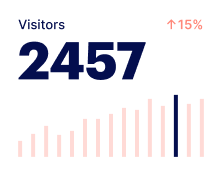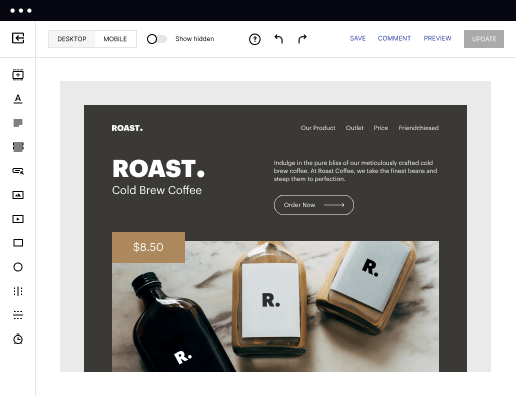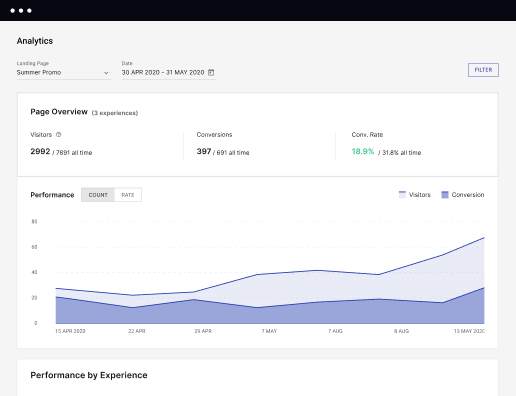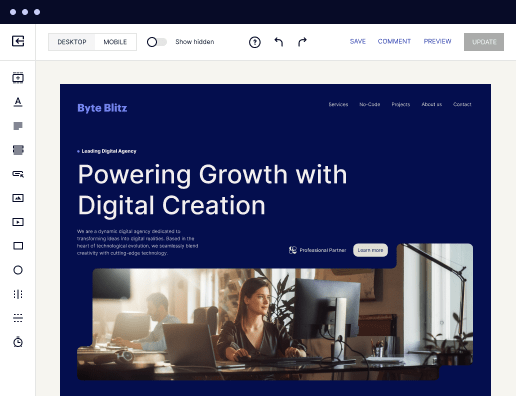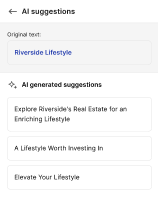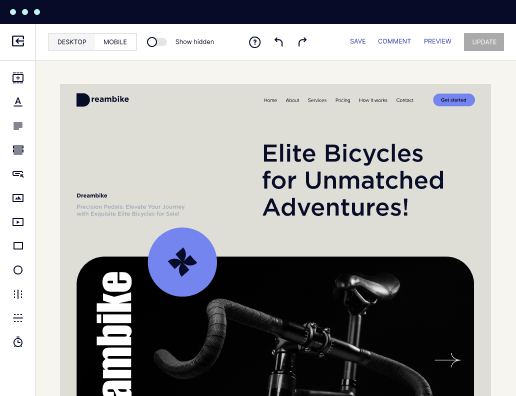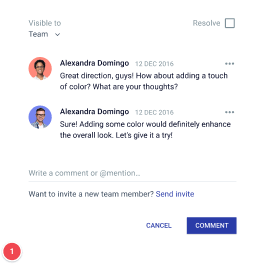Make your tailored onboarding page for Incident managers
Empower Incident managers with Instapage to deliver impactful onboarding page experiences and boost conversions.
Create your onboarding page for incident managers with Instapage
Creating an effective onboarding page for incident managers is essential for organizations in streamlining incident response. Leveraging Instapage's flexible landing page creation platform empowers marketers to reduce costs while growing conversions. This guide will walk you through the step-by-step process to set up a tailored onboarding experience that resonates with your incident management audience.
Understanding the importance of an onboarding page
An onboarding page provides essential information that impacts the efficiency of incident managers. When crafted effectively, it helps in:
- Improved user experience: A well-structured onboarding page guides users through necessary protocols and tools, increasing operational efficiency.
- Enhanced engagement: Personalized content helps maintain user interest and allows incident managers to focus on critical tasks.
- Faster issue resolution: Effective onboarding provides all required information upfront, decreasing the turnaround time for managing incidents.
Step 1: Define your target audience
Identifying your audience is crucial when creating an onboarding page for incident managers. Consider these aspects:
- Demographics: Understand the age, experience level, and role within the organization to tailor content appropriately.
- Job functions: Assess what specific duties incident managers perform to highlight relevant information.
- Pain points: Address common challenges they face in incident management to enhance the page's relevance and support.
Step 2: Choose relevant templates and layouts
Utilize Instapage's library of conversion-focused layouts tailored for incident management to kickstart your onboarding page design.
- Select templates: Look for layouts that allow easy customization for specific incident management processes.
- Utilize Instablocks: These modular sections can help replicate successful elements across different pages, ensuring consistency.
- Focus on mobile responsiveness: Ensure that chosen templates look good on all devices, as incident managers may access information on-the-go.
Step 3: Implement personalization features
To further enhance engagement, use personalization tools available on Instapage.
- Dynamic text replacement: Tailor content to dynamically display based on user data, ensuring relevance.
- AdMaps: Connect specific ads to closely related onboarding content for a streamlined experience.
- Performance tracking: Utilize analytics to assess how different audiences interact with the page, allowing for continuous optimization.
By following these three steps, you can create a robust onboarding page that efficiently supports your incident managers' needs and enhances their overall experience.
Start building your onboarding page today with Instapage to leverage its powerful features and innovative capabilities. Transform your approach to incident management workflows.
Get more out of Create your onboarding page for Incident managers
Improve your Quality Score with quick load technology for landing pages
Increase conversions with content that aligns with your ads and audiences
Achieve maximum ROI by scaling your marketing initiatives
Leading the way in building high-performing landing pages





FAQs
See how to create your onboarding page for incident managers in action
Ready to skyrocket conversions?
Supercharge your ad campaigns with high-performing landing pages.
Get started
